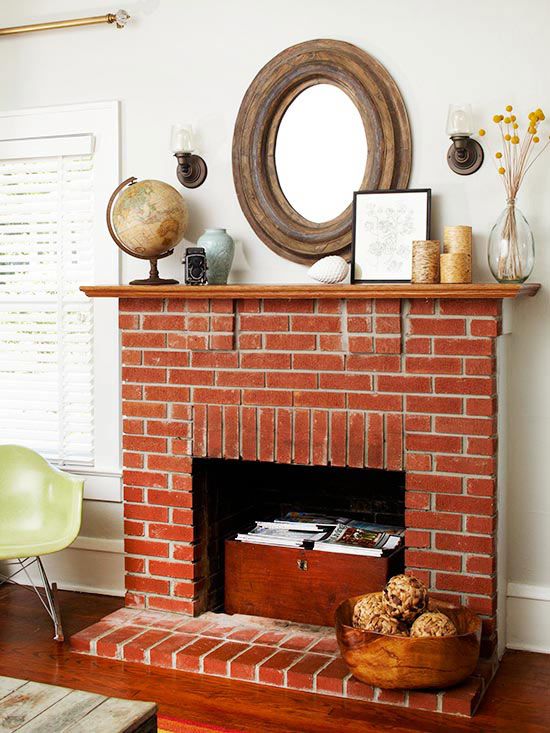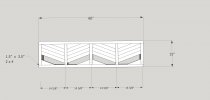I did a search for Chevron and did not find anything like what I want to do. For most of you, this is probably pretty basic, but please indulge a beginner.
My daughter bought a decorative fireplace mantle and would like a Chevron hearth which will be 18"x 60".
She wanted to use reclaimed pallet wood for it and wanted something like the design I attached. (I know this is not a hearth, it is just for illustrative purposes)
I plan to build a 2x4 frame with 3 "joists".
So my question is how do I determine the angles and the proper length, other than trial and error?
Thanks in advance,
Jim

My daughter bought a decorative fireplace mantle and would like a Chevron hearth which will be 18"x 60".
She wanted to use reclaimed pallet wood for it and wanted something like the design I attached. (I know this is not a hearth, it is just for illustrative purposes)
I plan to build a 2x4 frame with 3 "joists".
So my question is how do I determine the angles and the proper length, other than trial and error?
Thanks in advance,
Jim


